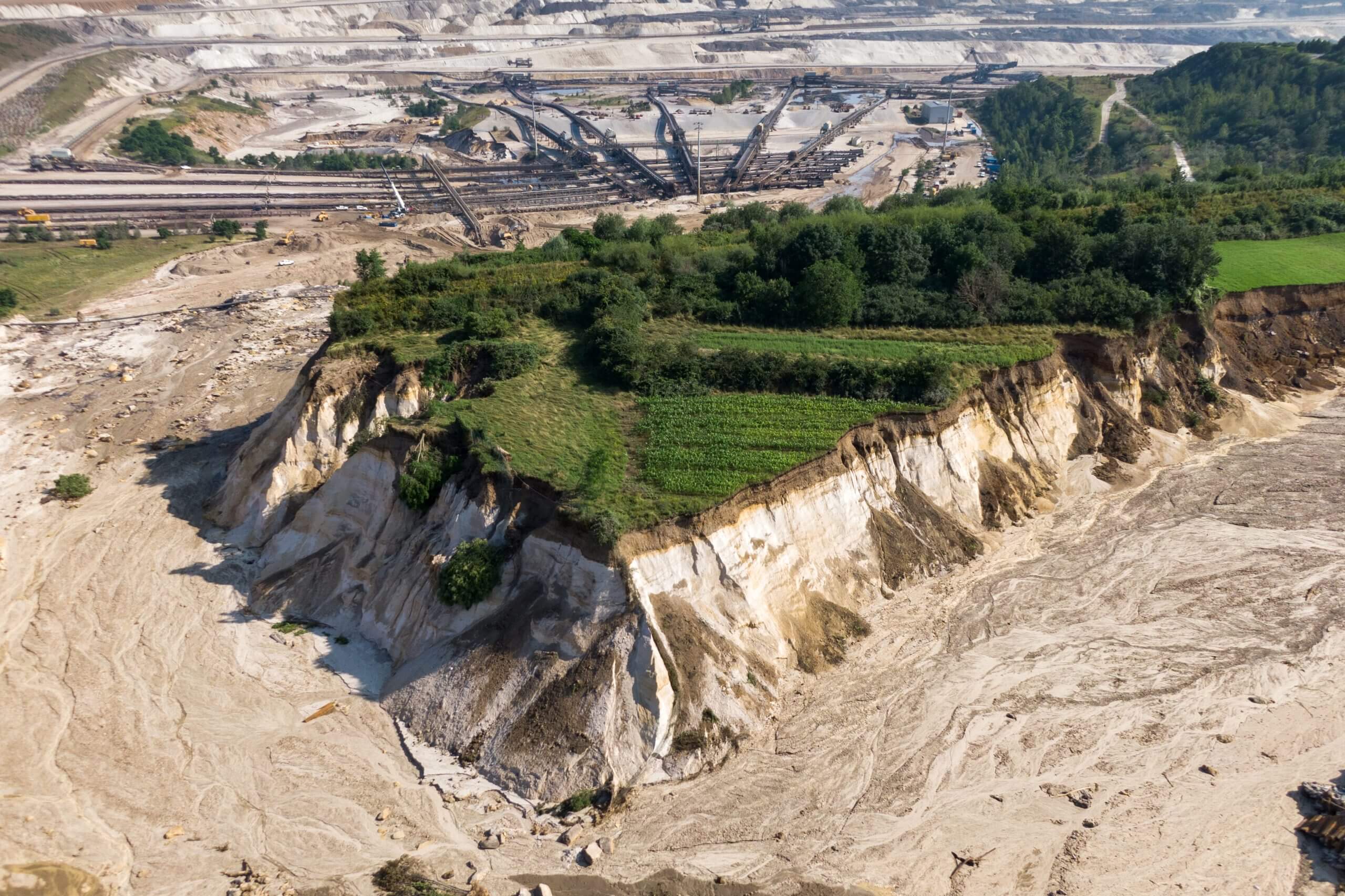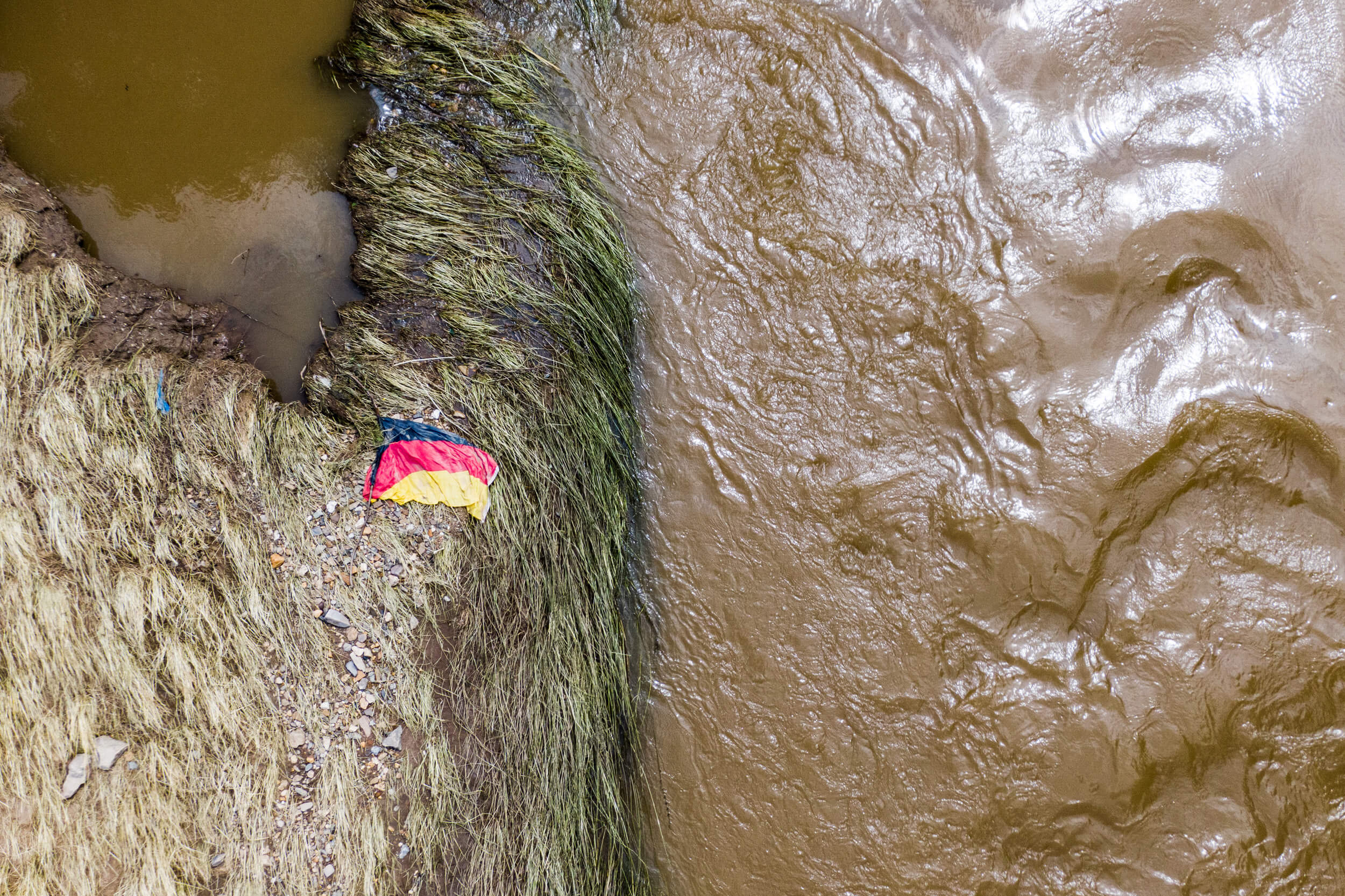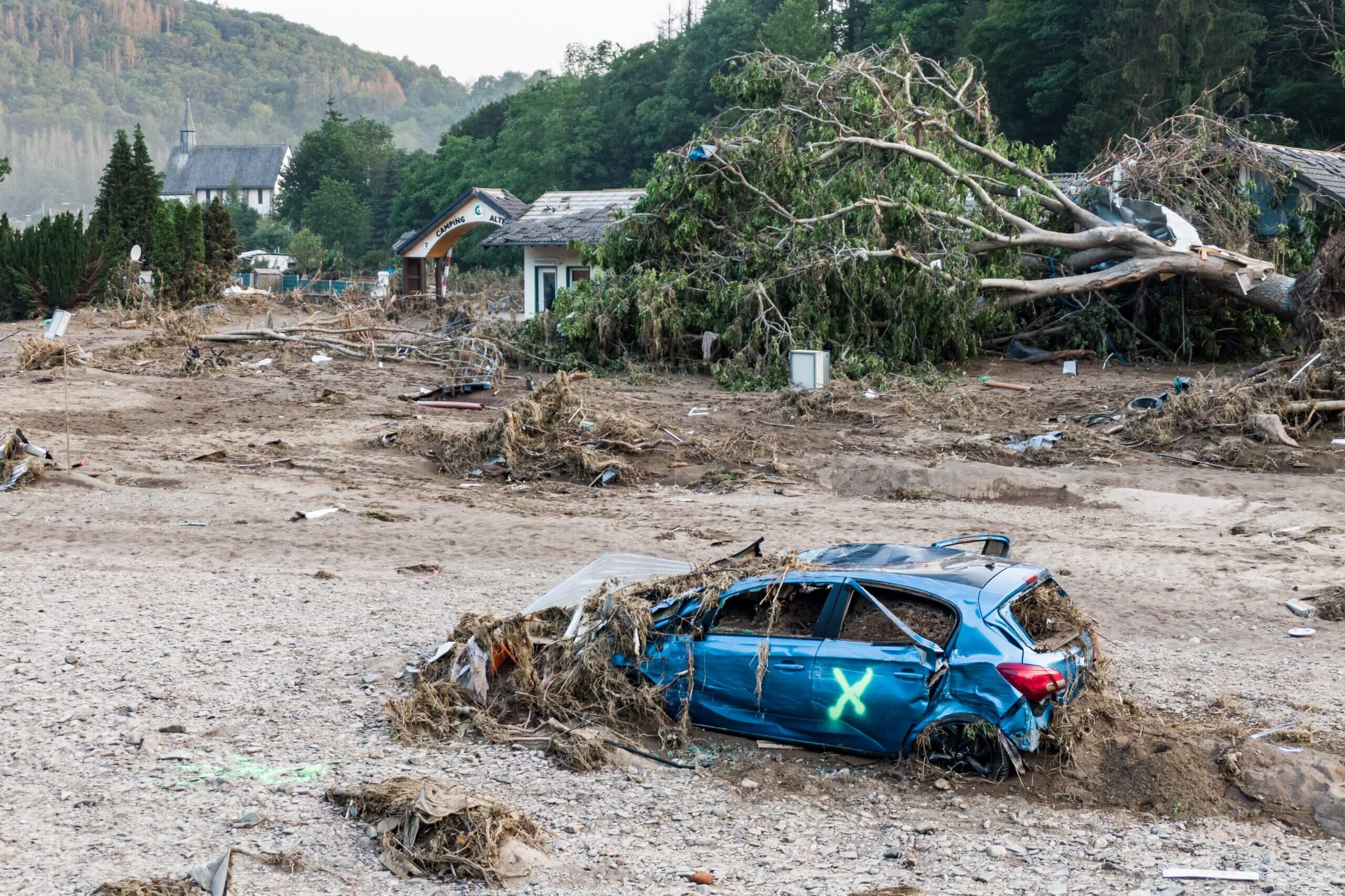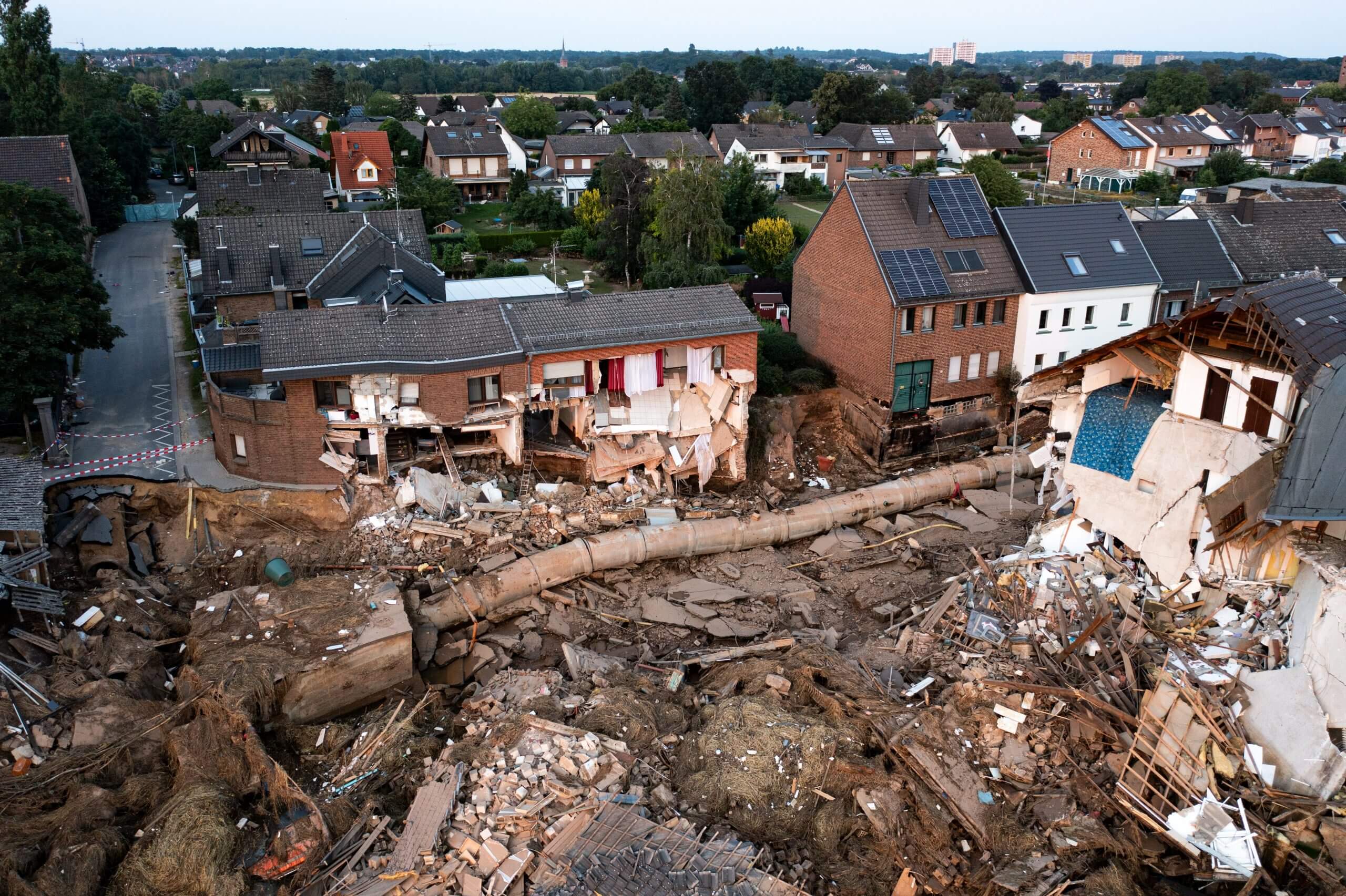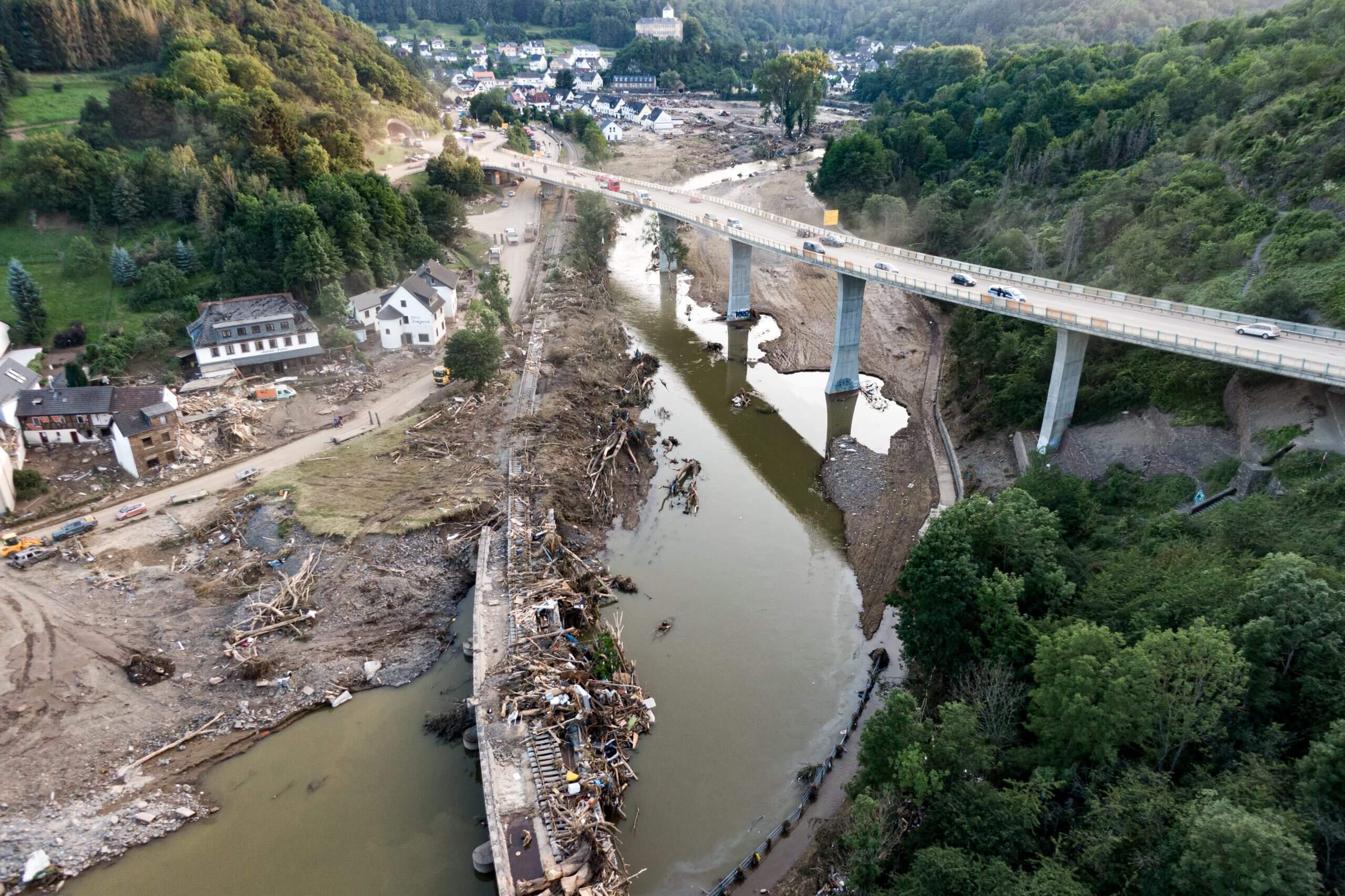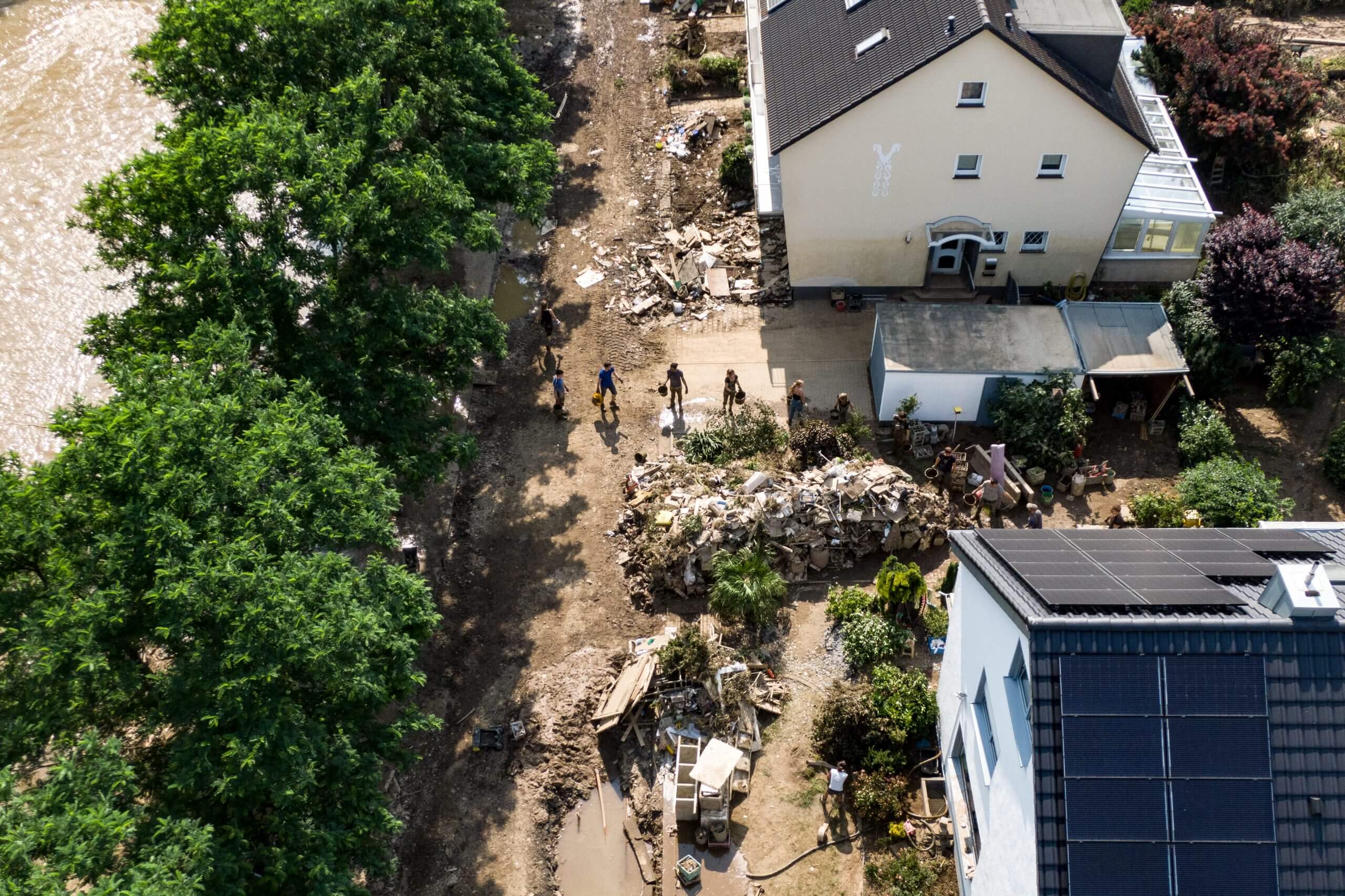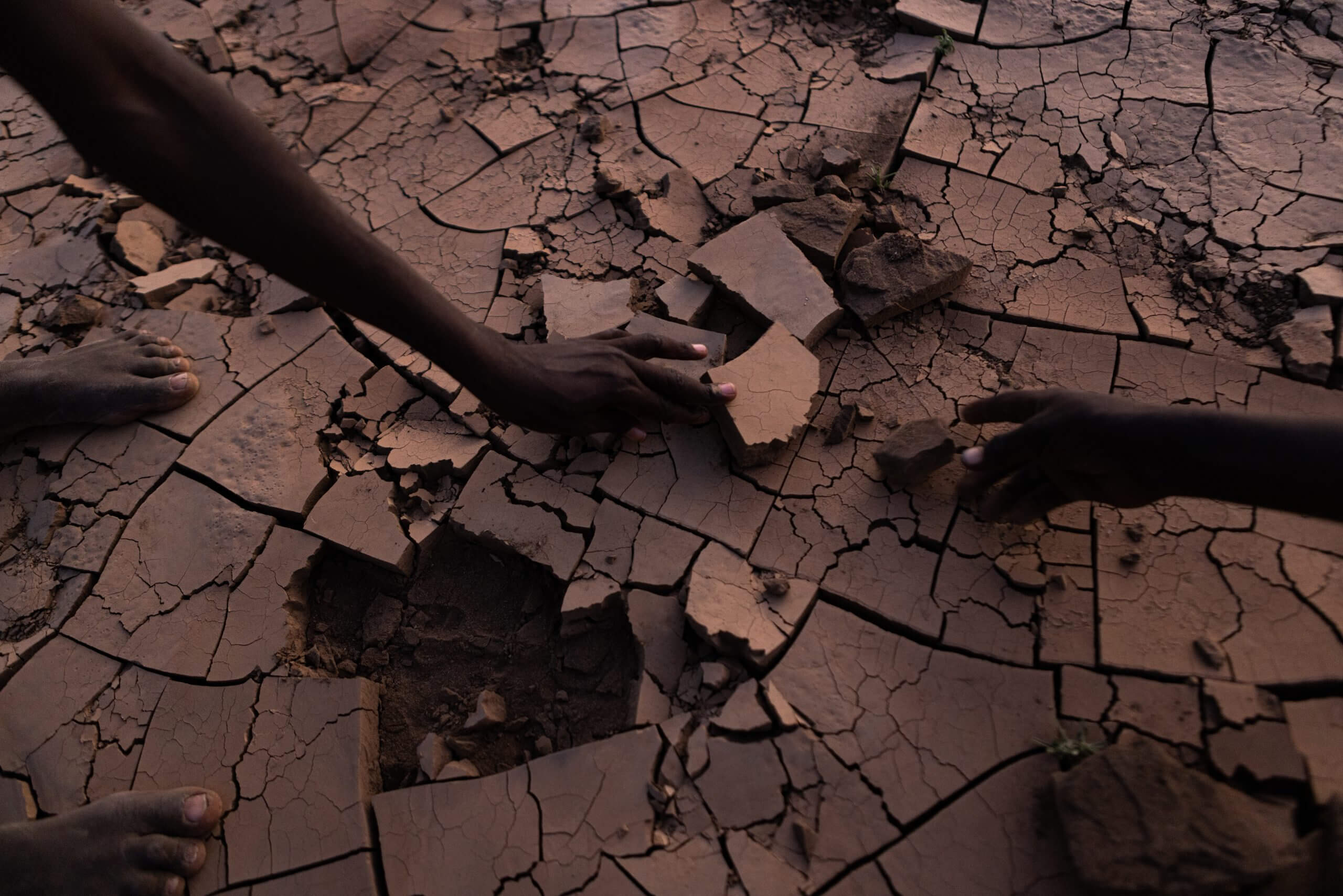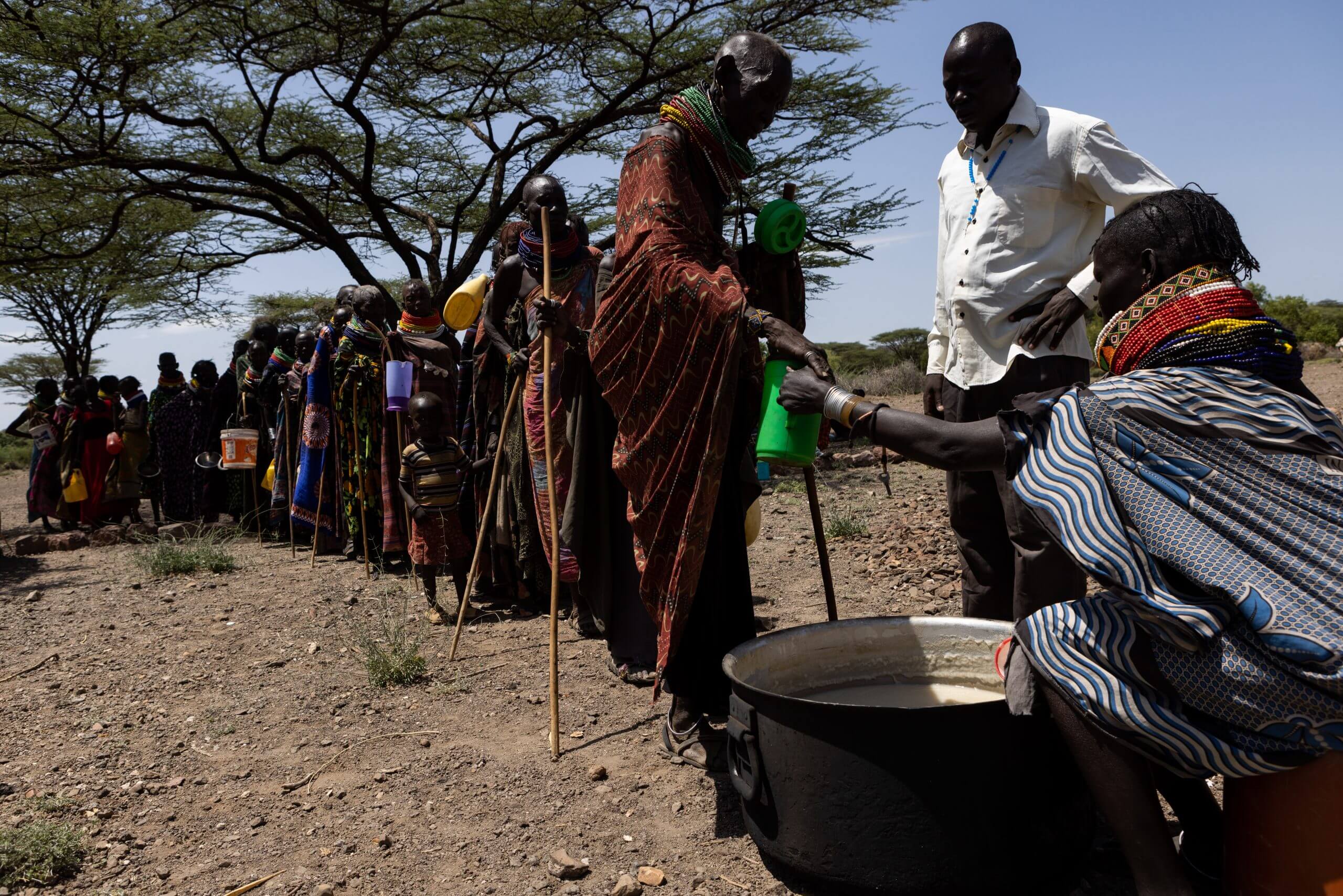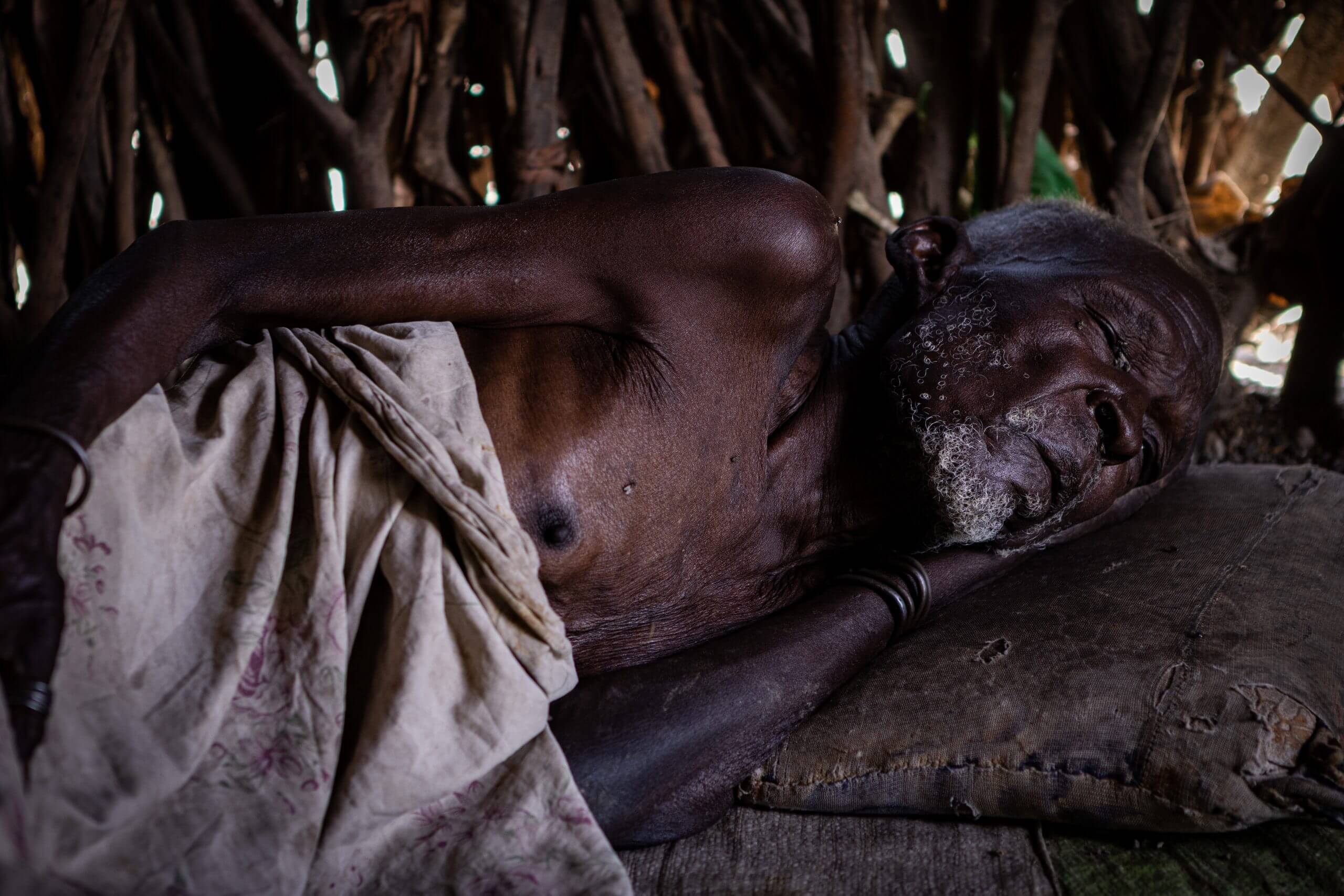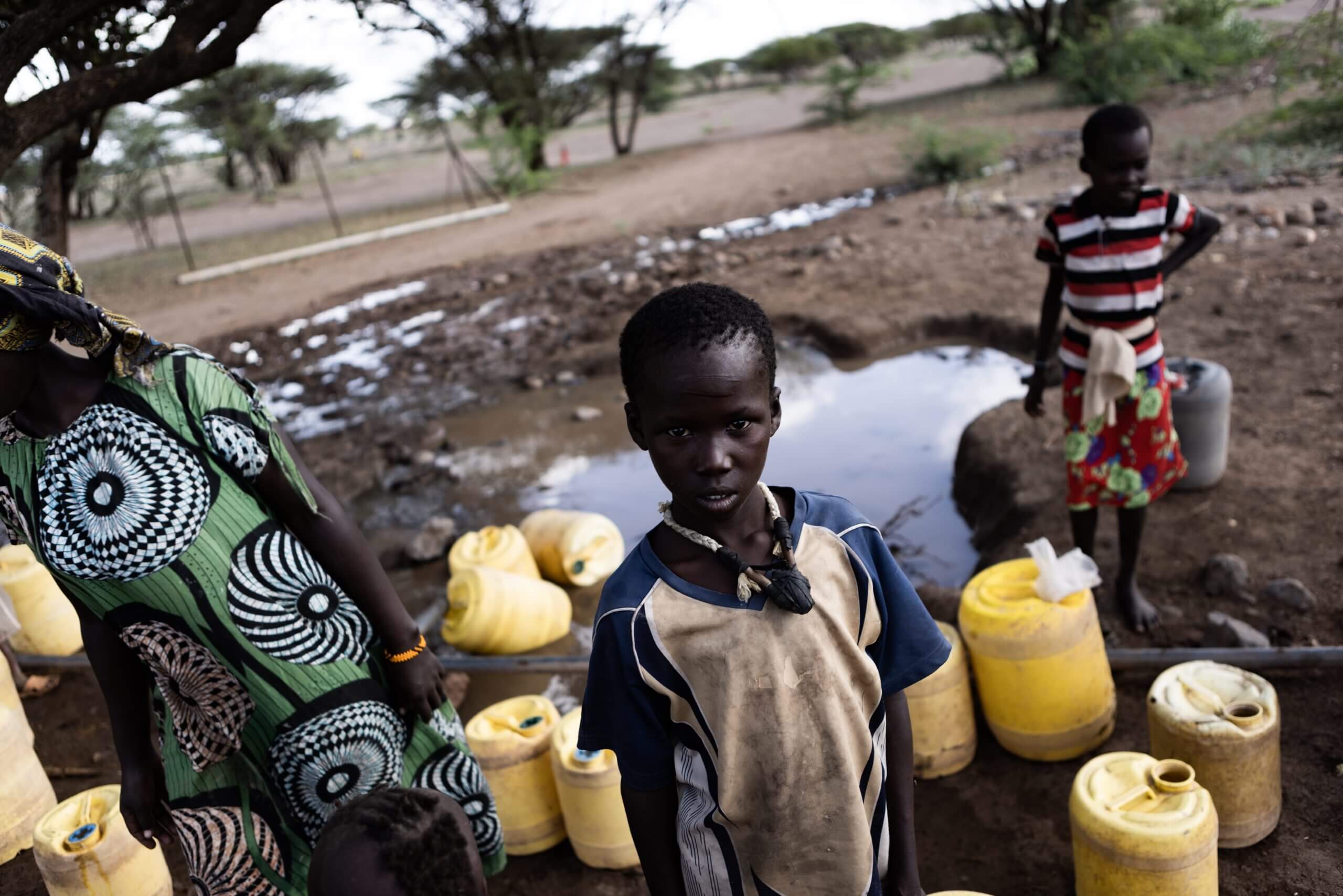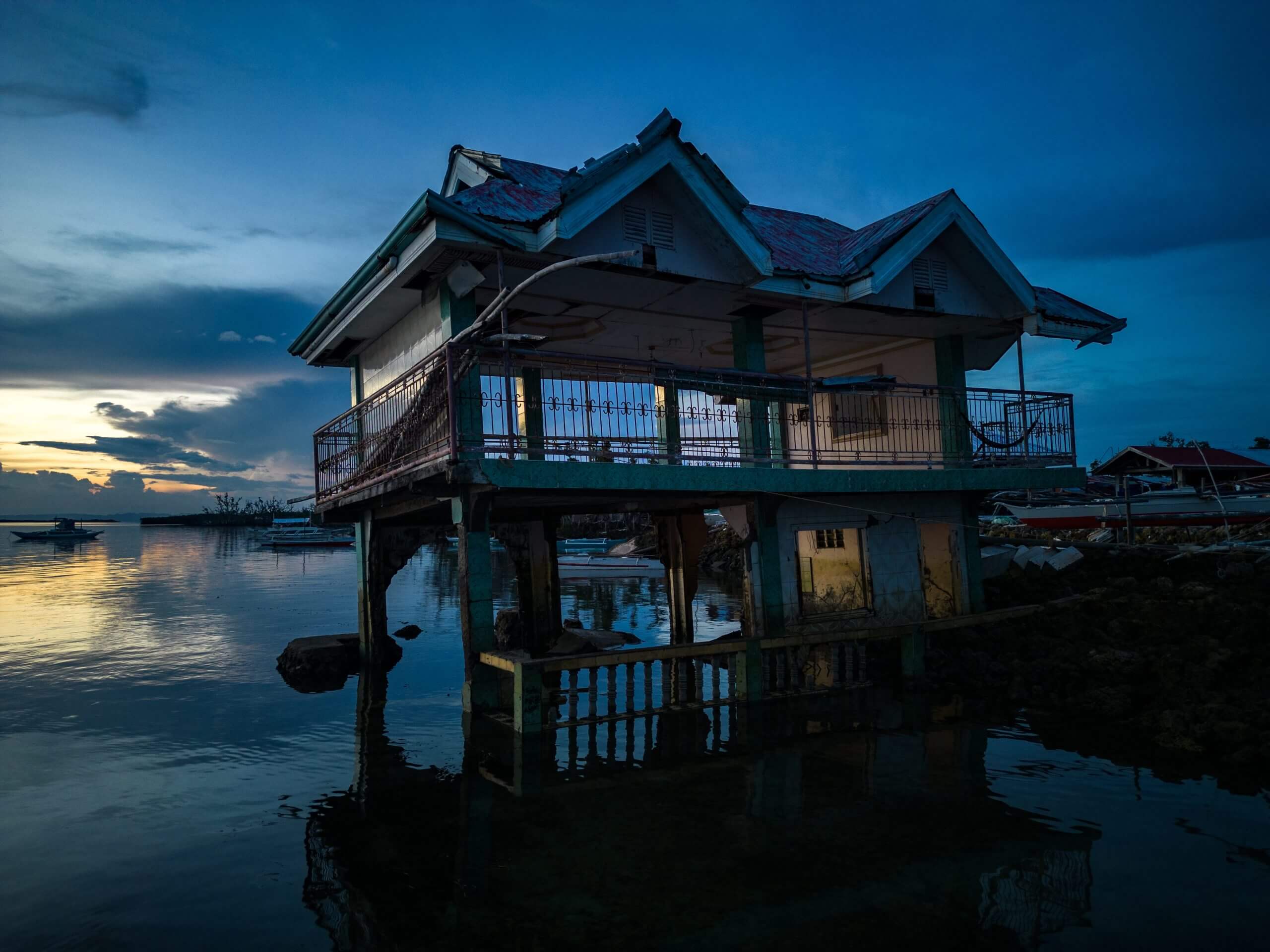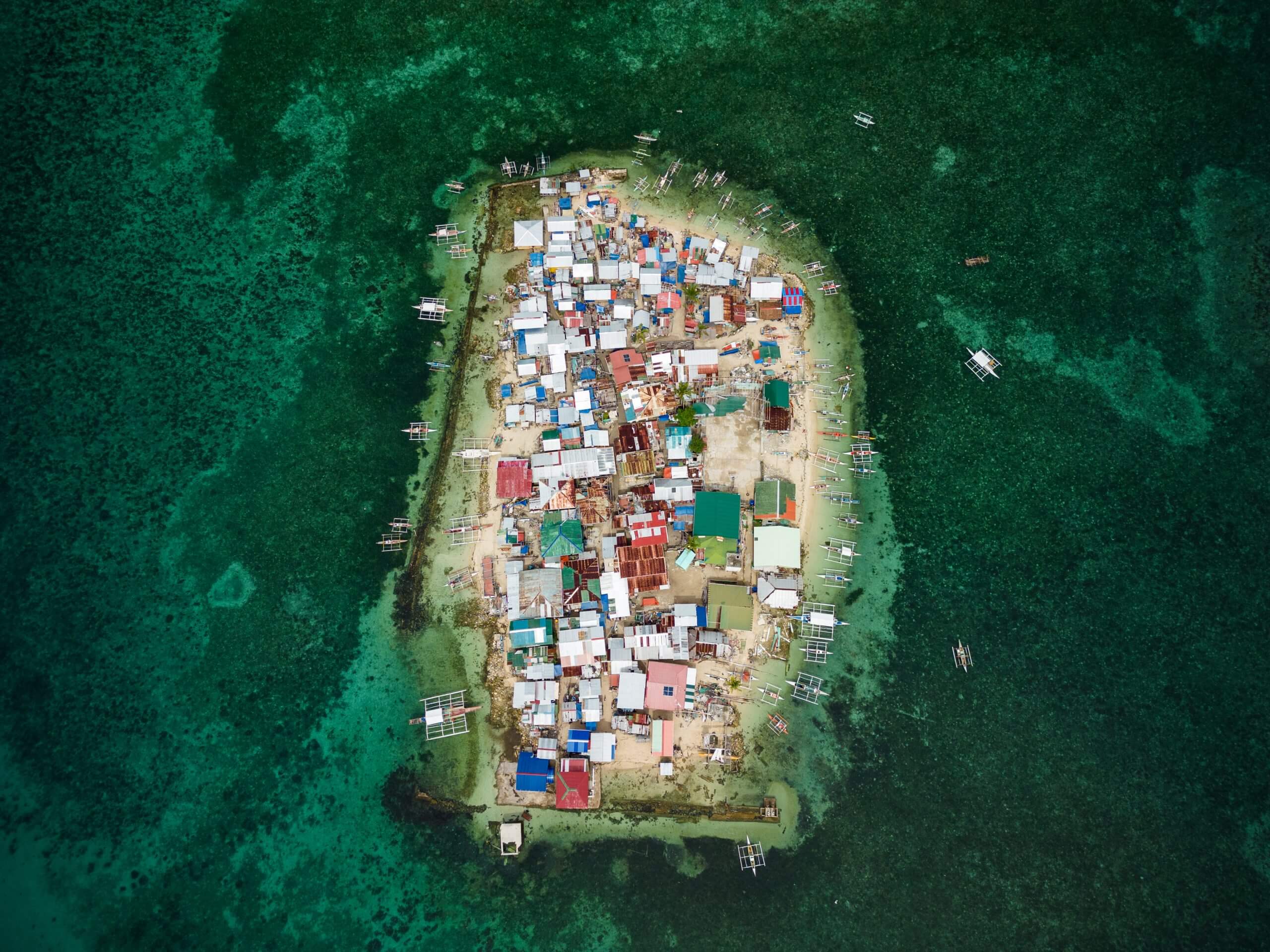Flood Catastrophy Ahrtal
ABOUT
In July 2021, one of the most devastating flood disasters in recent history struck western Germany, particularly the Ahr Valley. Prolonged heavy rainfall caused rivers like the Ahr to overflow, leading to massive flooding. Entire towns were destroyed, hundreds of lives were lost, and thousands were left homeless. The disaster exposed weaknesses in flood protection and sparked widespread debate about handling extreme weather events and climate change. Shortly after the disaster, we visited the area and documented the aftermath from an aerial point of view.
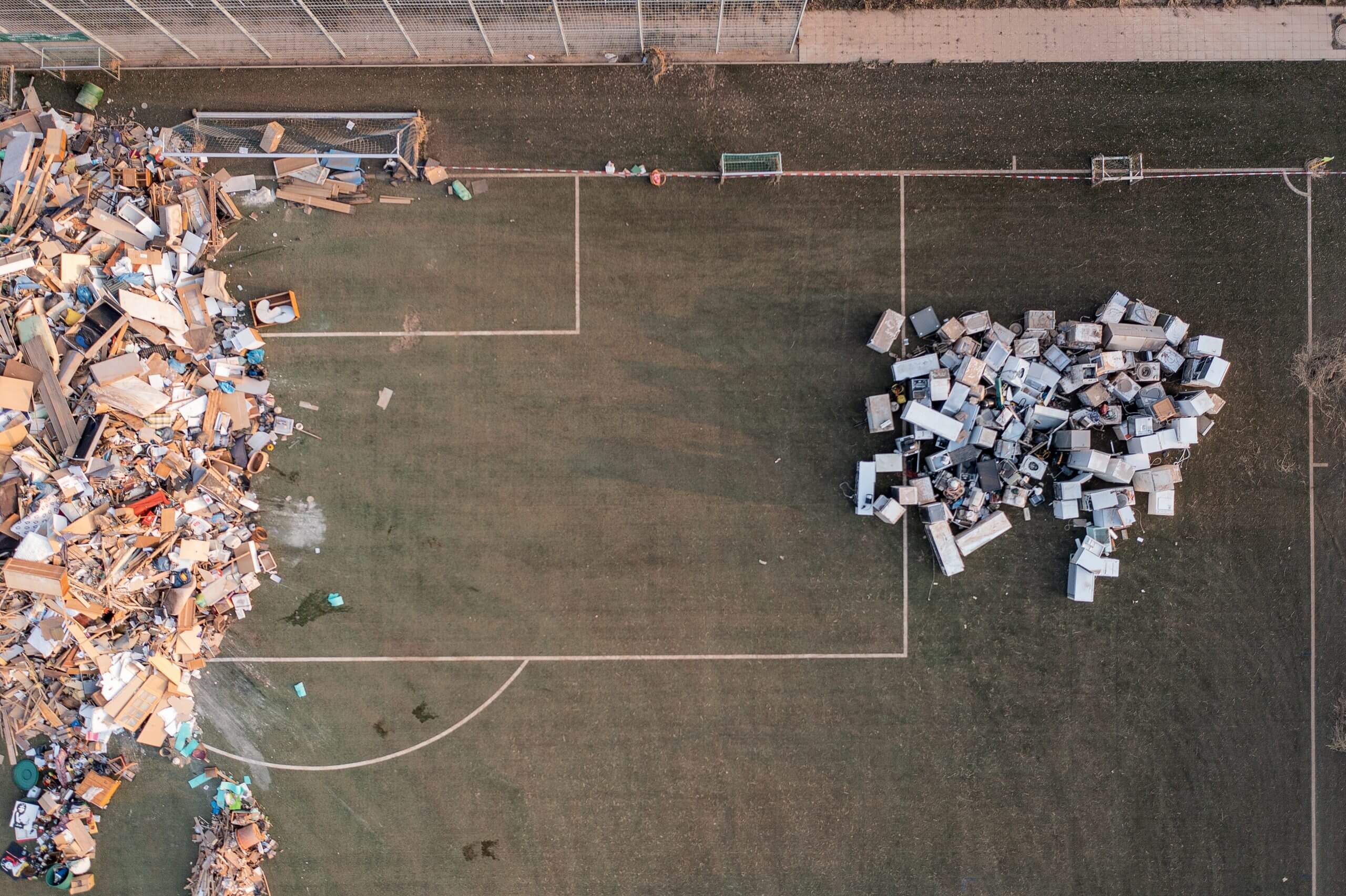
A football field has been transformed into a collecting point for bulk waste near the village of Groß Vernich.
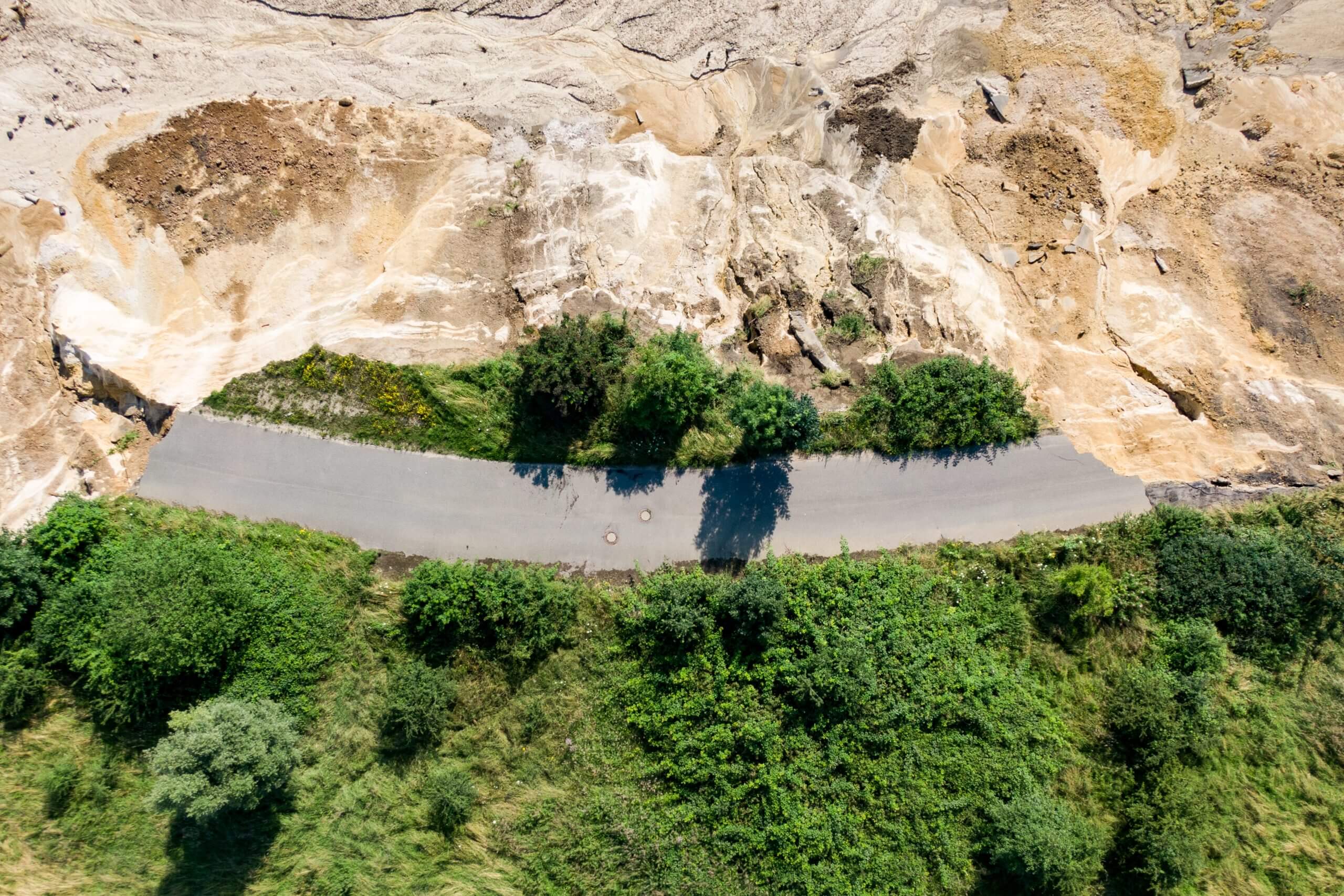
At the open-pit mine Inden, only a small part of a road remains, as the flood wave washed away everything around it.
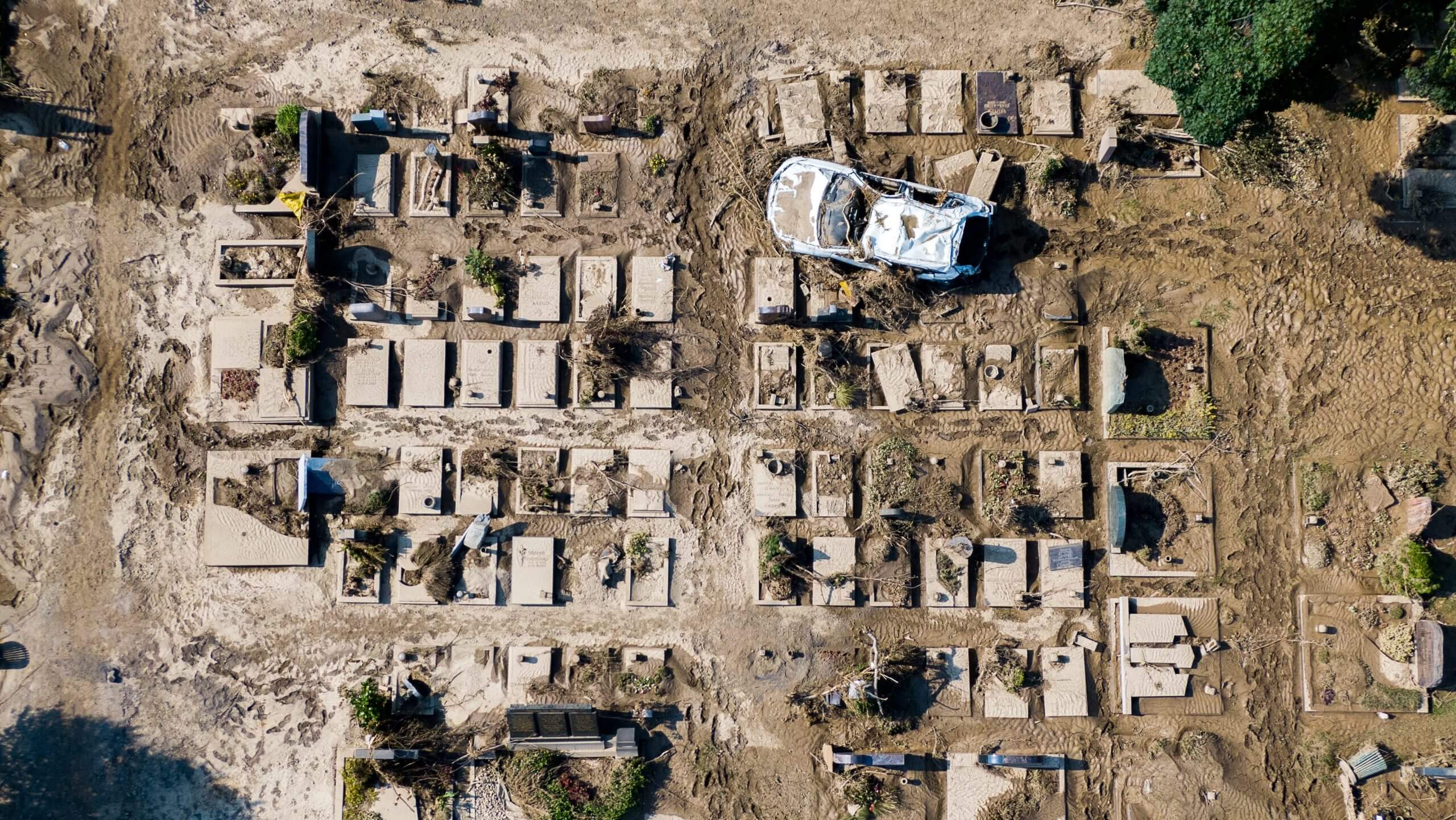
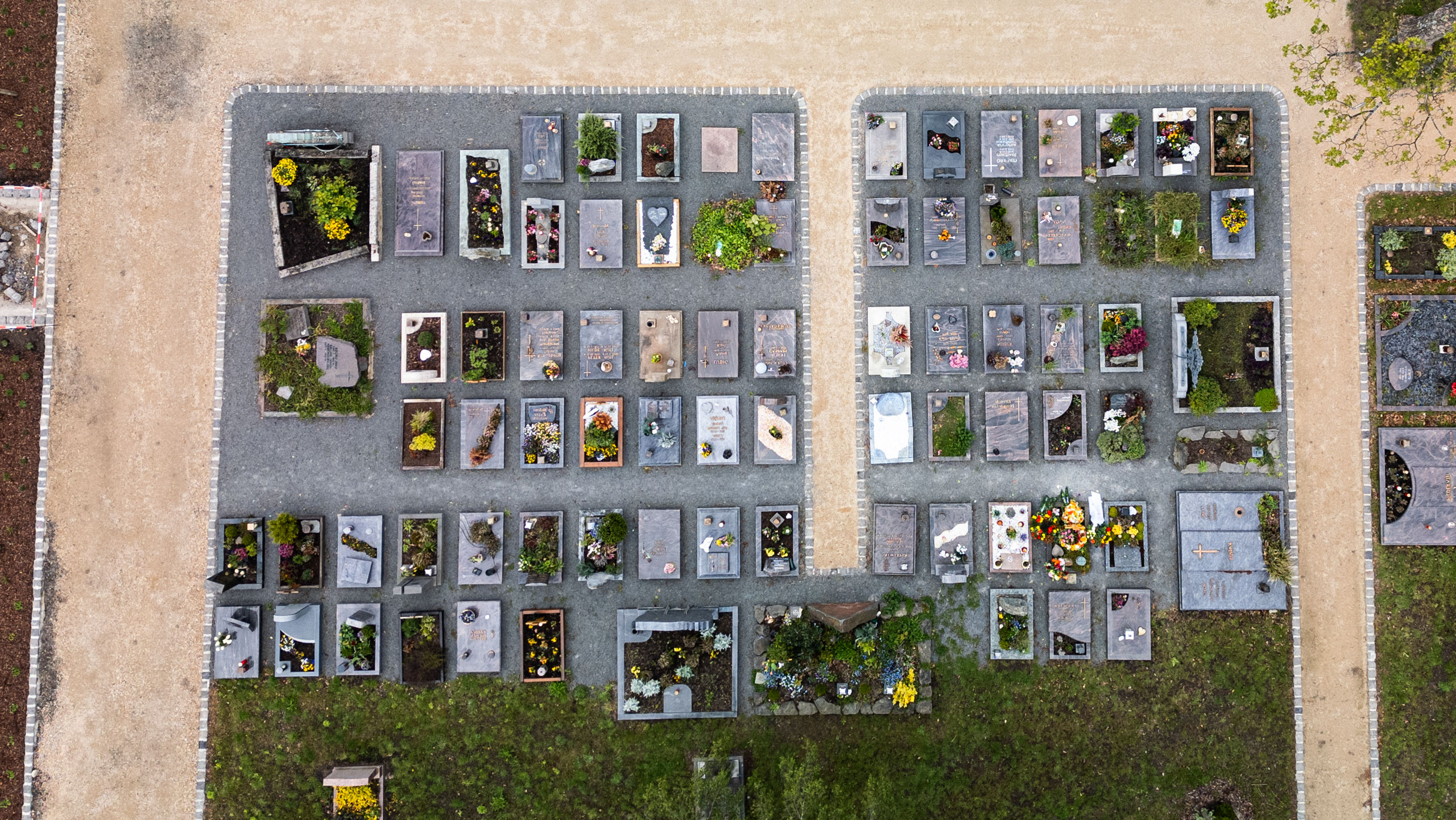
A car rests among the graves in a cemetery in the center of Ahrweiler, a town heavily impacted by the flood that claimed dozens of lives. On the right: the same cemetery three years later.
Greenpeace Activism
ABOUT
For several years, we have been documenting Greenpeace’s campaigns against the fossil fuel industries, the car lobby, and other pressing environmental issues. Using photography, video, and drone footage, we capture the urgency and impact of their efforts to protect the planet. Our visuals amplify Greenpeace’s mission to raise awareness and inspire action, telling a compelling story of the ongoing struggle for a sustainable future.
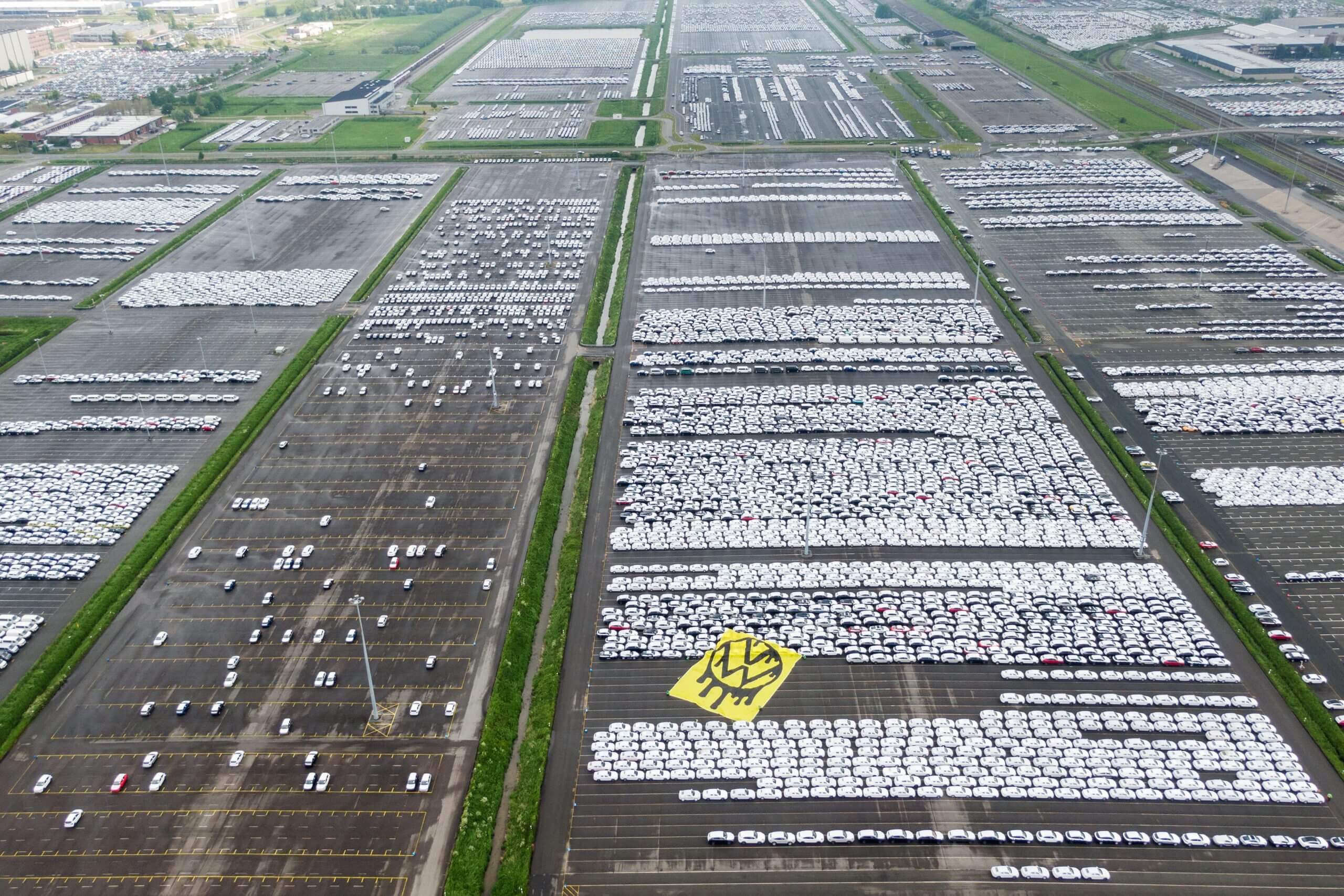
Greenpeace activists protest at the East Frisian Port in Emden, calling for a rapid phase-out of internal combustion engine production. They removed hundreds of keys from new cars and placed a large banner with an oil-smeared VW logo to criticize VW's claim as an electric pioneer, while still producing over 90% internal combustion engines.
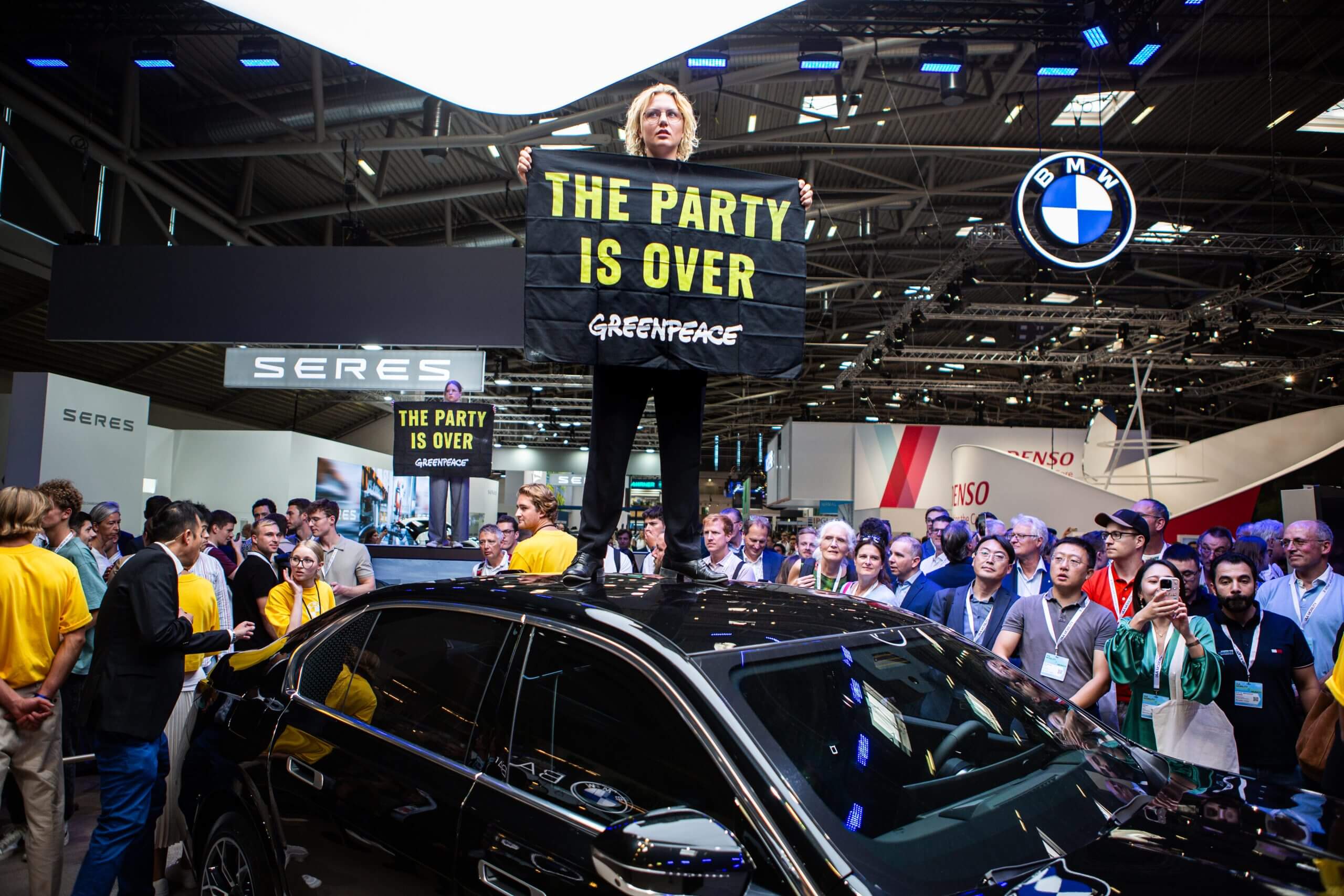
Greenpeace activists protest against climate-unfriendly cars with diesel and petrol engines during the IAA (International Motor Show) in Munich. While manufacturers present new electric models, the climate activists climb onto cars with diesel and petrol engines, holding banners to highlight their harmful CO2 emissions. Despite the unpredictable effects of the climate crisis, manufacturers at the IAA continue to showcase a majority of cars that burn petrol or diesel.
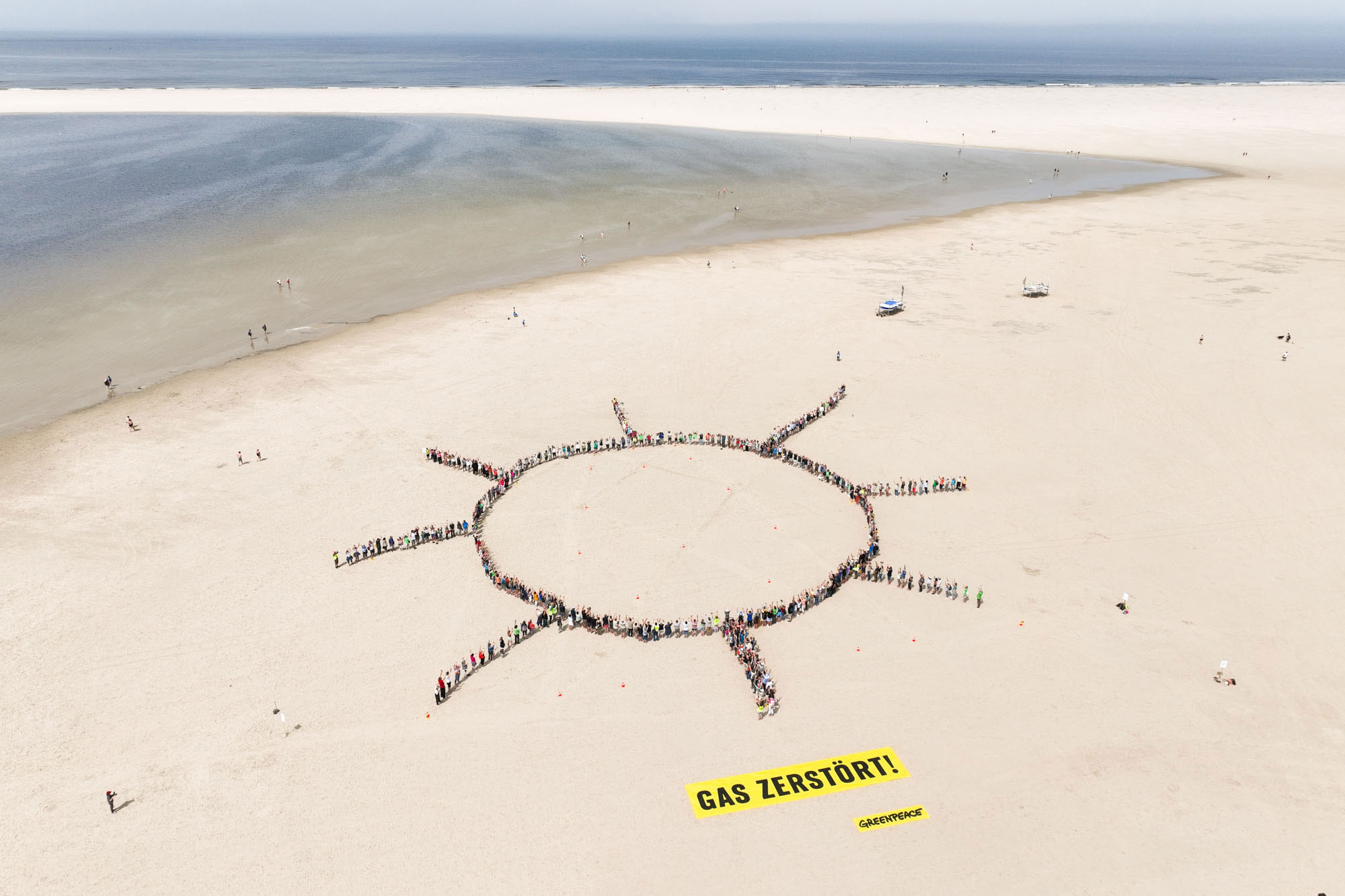
Activists form a sun shape on Borkum beach to protest the planned gas drilling off the coast of the North Sea island. The protest targets the plans of the Dutch energy company One-Dyas, which intends to develop natural gas fields about twenty kilometers northwest of Borkum, near the Lower Saxony Wadden Sea National Park.
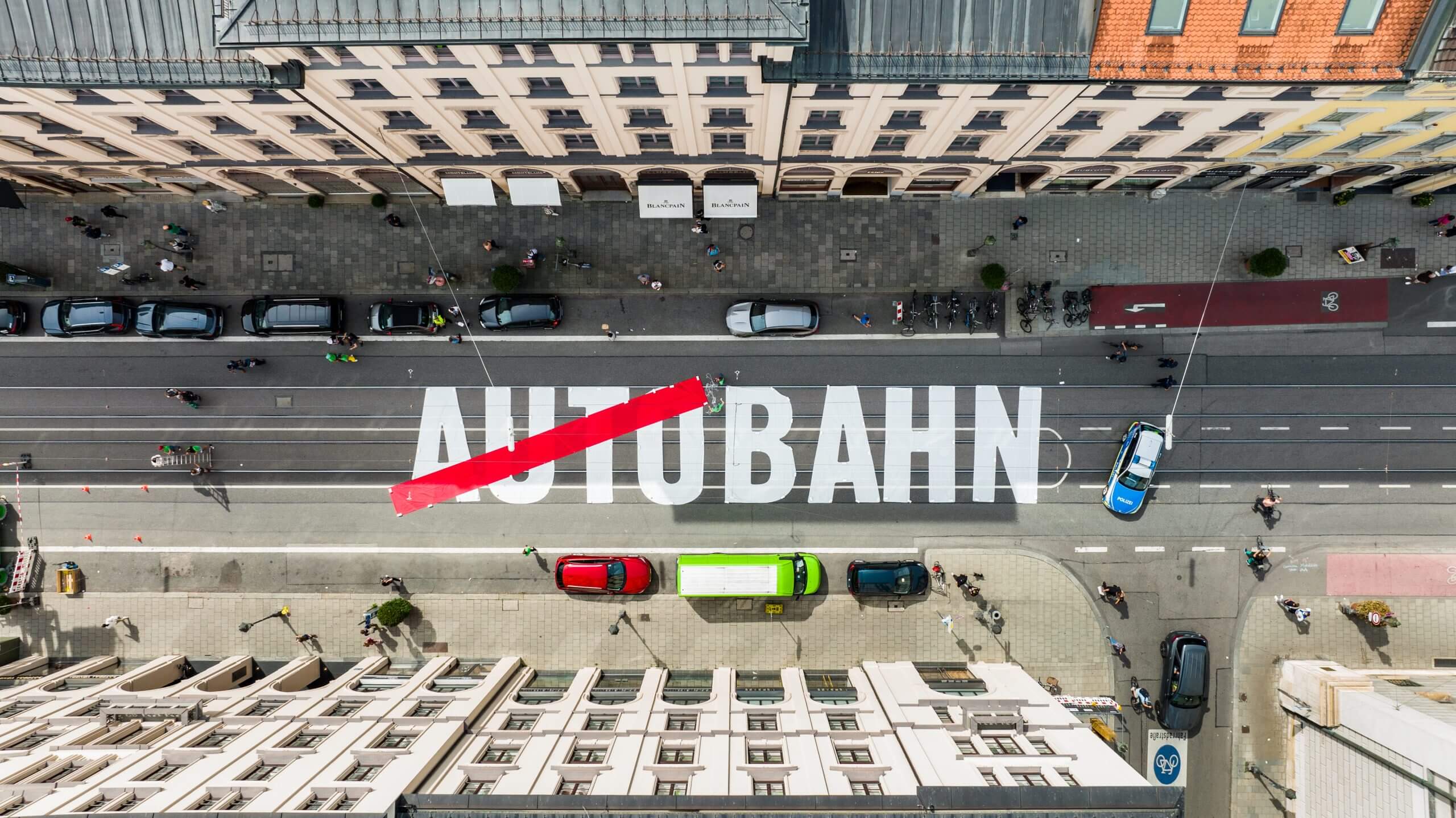
Greenpeace Germany and an alliance of NGOs create a 40-meter human banner in Munich to protest highway expansion and demand a shift to zero and low-emission transport ahead of the International Motor Show (IAA).
Kenya Drought
ABOUT
The eastern Horn of Africa region has experienced drought conditions following consecutive poor seasons since late 2020 leading to significant impacts on production, vegetation, water resources, food insecurity and livelihoods.
Reindeer vs. Wind power, Norway
ABOUT
In the Lomsdal-Visten National Park near Mosjøen, Norway, the traditional reindeer migration is a key part of Sámi culture and livelihood. For generations, Sámi herders have guided their herds between coastal and inland territory. Changing migration routes, driven by climate change and infrastructure development, are increasingly affecting both the herds and the herders' livelihoods.
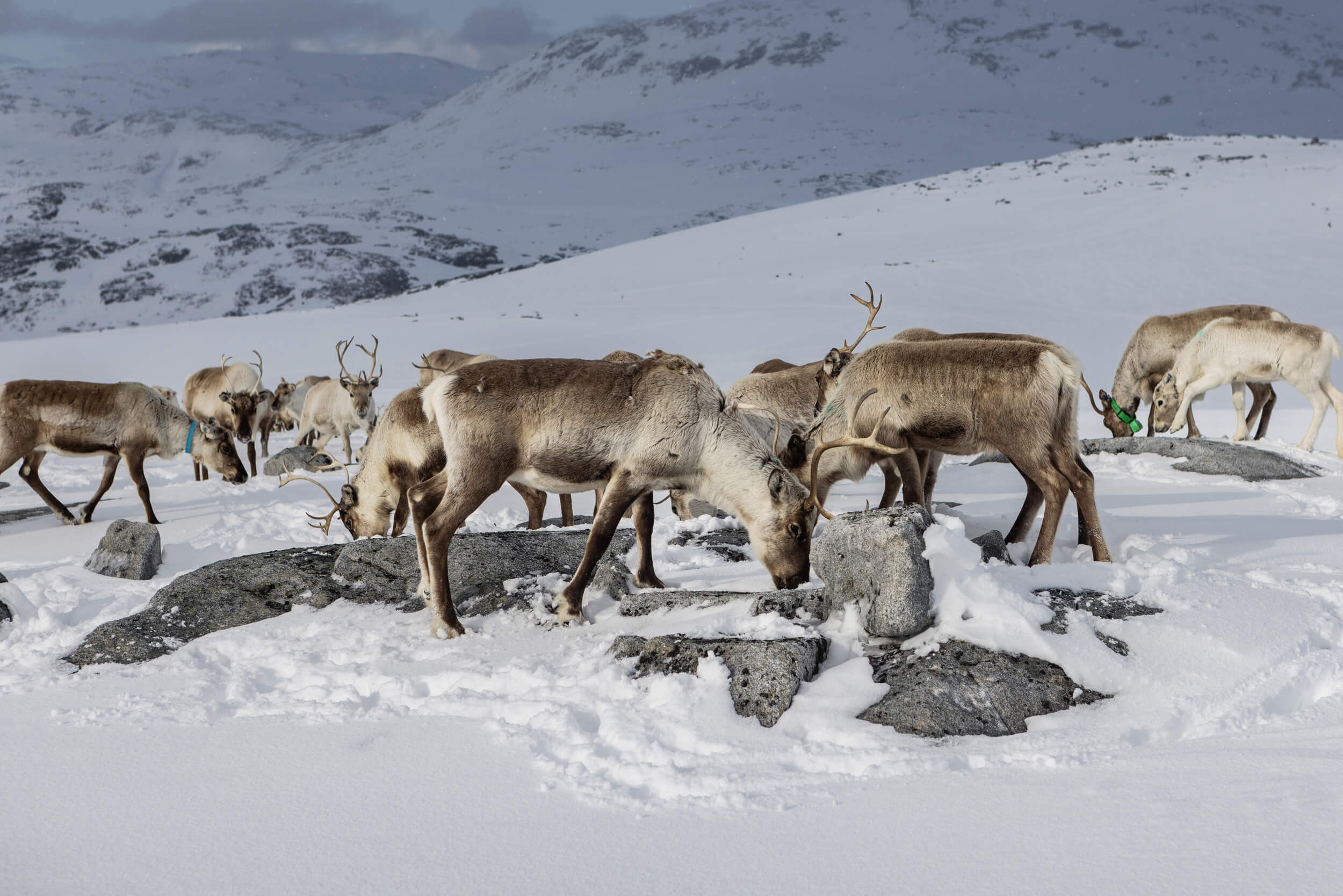
Reindeer feed on moss and lichen growing beneath the snow. The annual spring migration is crucial for the animals, as the females must reach their destination before giving birth to their calves.
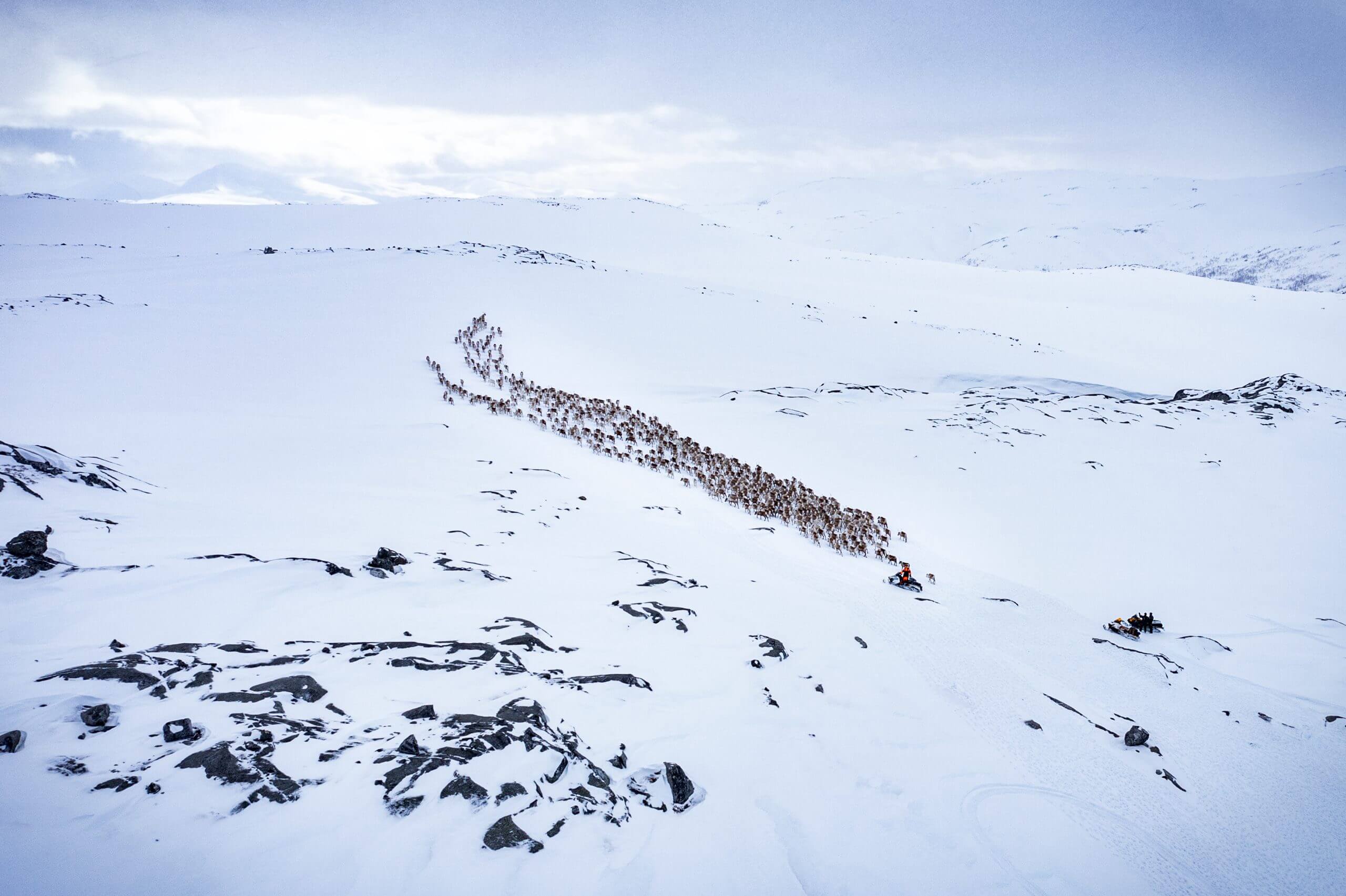
Aerial view of a reindeer herd during their traditional migration. The animals' migration routes are becoming increasingly hazardous, with obstacles such as roads, railways, and wind farms forcing them to take big detours.
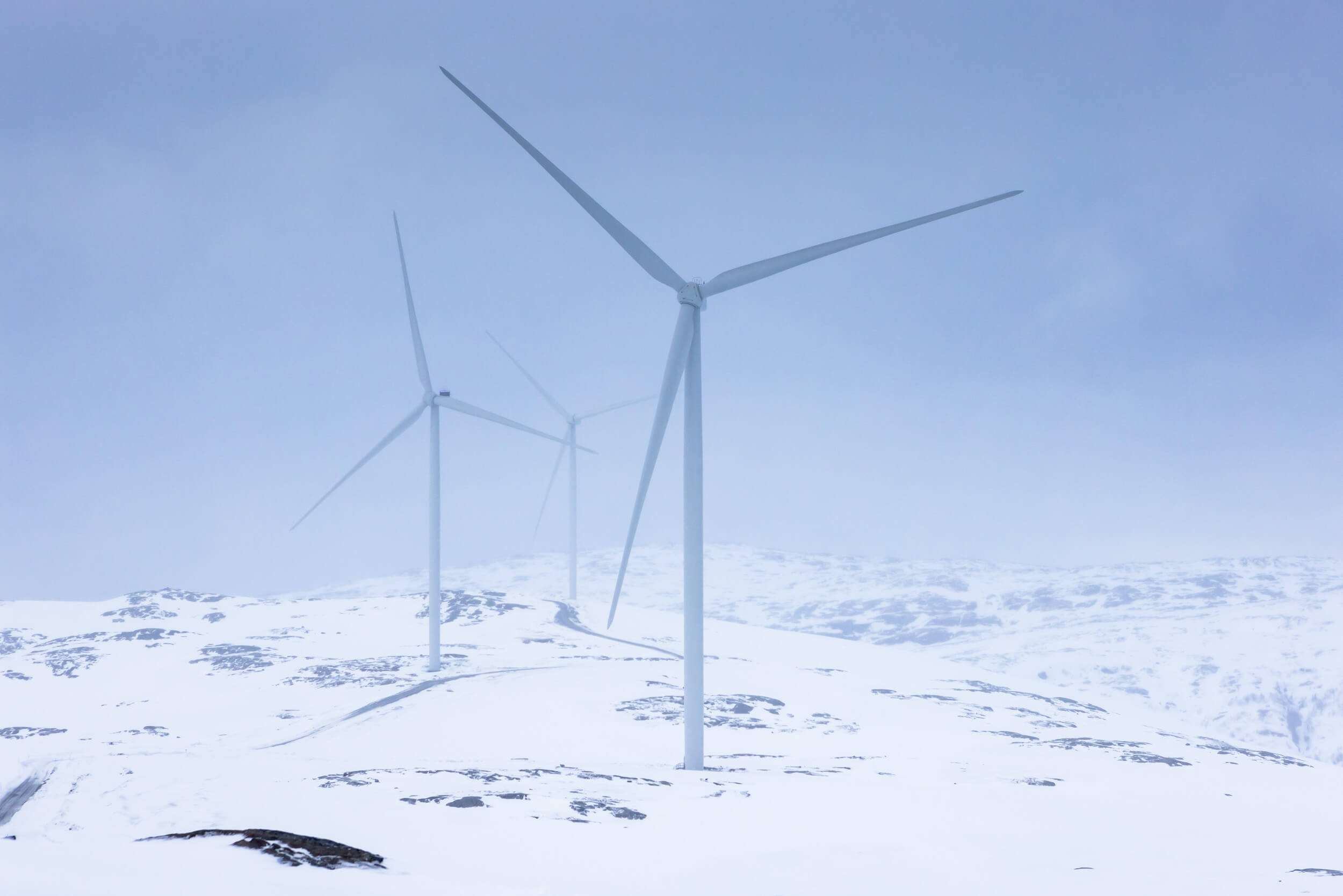
Øyfjellet Windpark, with around 80 turbines, became operational in 2022. While a source of renewable energy, it poses a threat to traditional reindeer migration routes, resulting in a high number of lost animals for the herders.
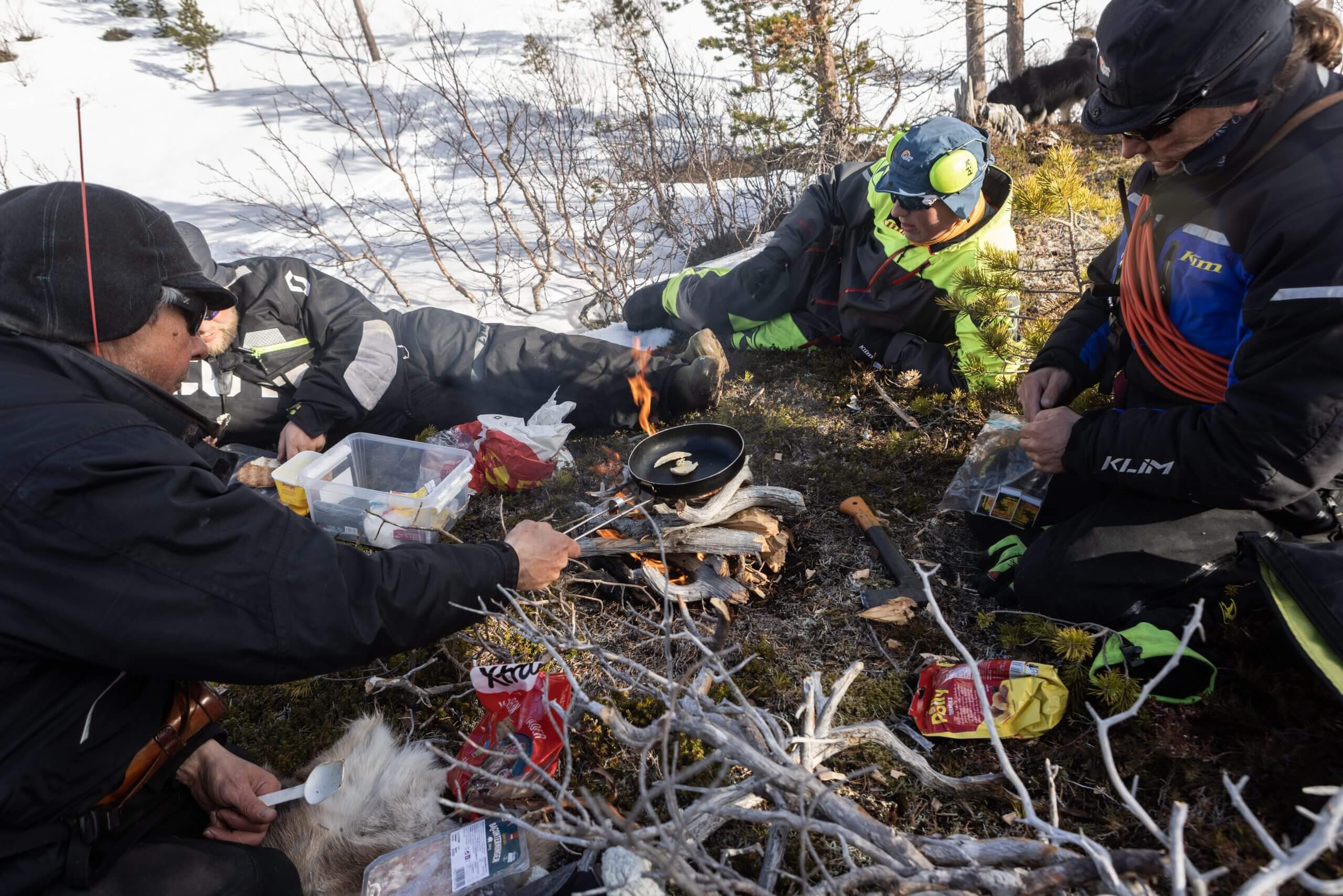
Sámi reindeer herders take a break while guiding their herds to the summer grazing fields. Near the town of Mosjøen, a newly constructed wind farm blocks the traditional migration route, forcing the animals to take a longer and more dangerous path.
Philippines
ABOUT
In the northern part of Bohol, Philippines, the islands of Batasan, Pangapasan, and Bilang Bilangen are rapidly submerging due to rising sea levels and coastal erosion. Once home to vibrant communities, these islands are now facing the harsh reality of disappearing into the sea. Residents are being forced to relocate as their homes are inundated, and traditional livelihoods are being lost. The devastation caused by Typhoon Odette in 2021 further worsened the situation, leaving many already struggling communities with even more damage. Our story captures the impact on the islanders and their fight for survival as they adapt to the changing environment. The submerging islands serve as a reminder of the effects of climate change on vulnerable coastal regions.
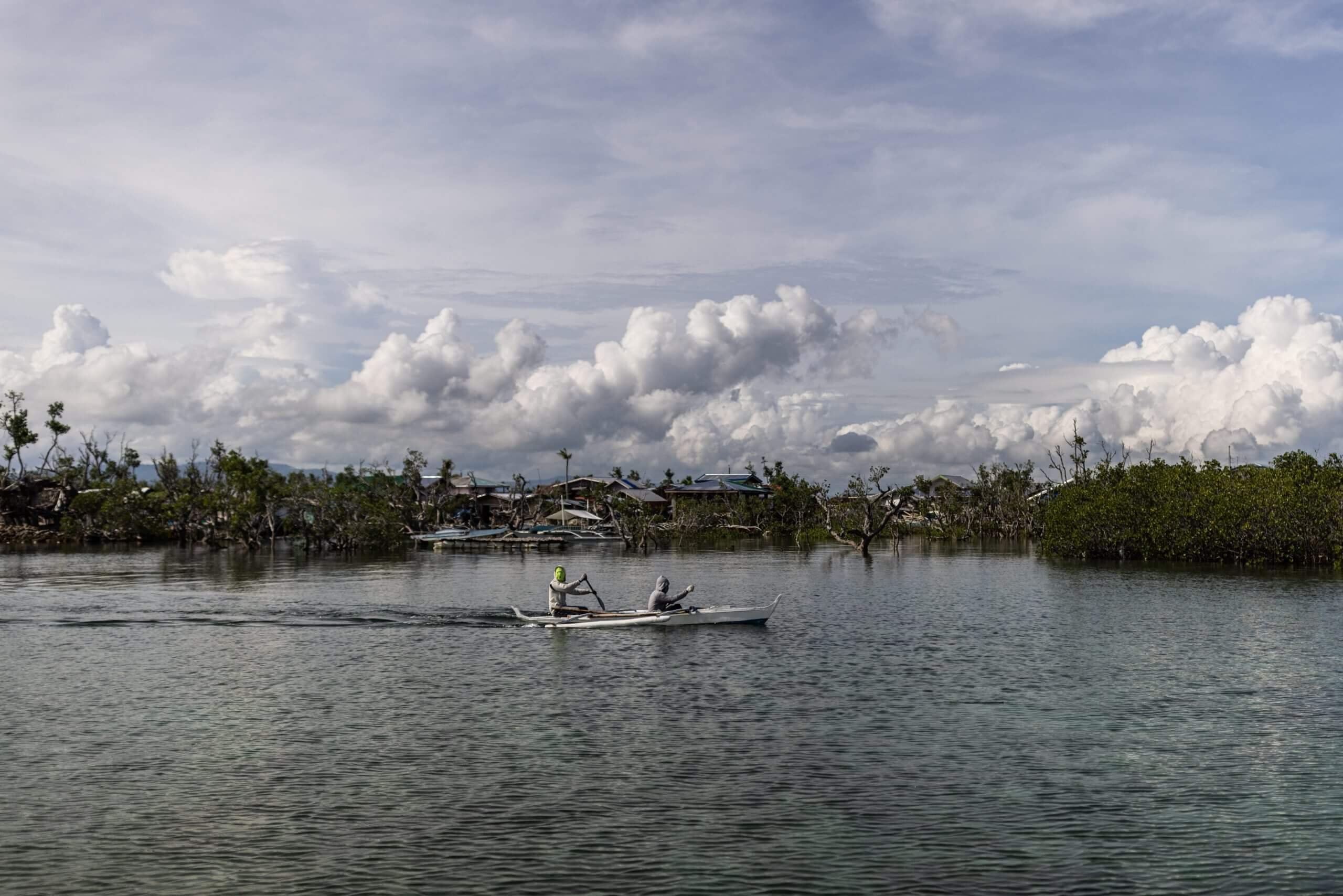
Youngsters are paddling out for a day of fishing near the island of Tubigon.
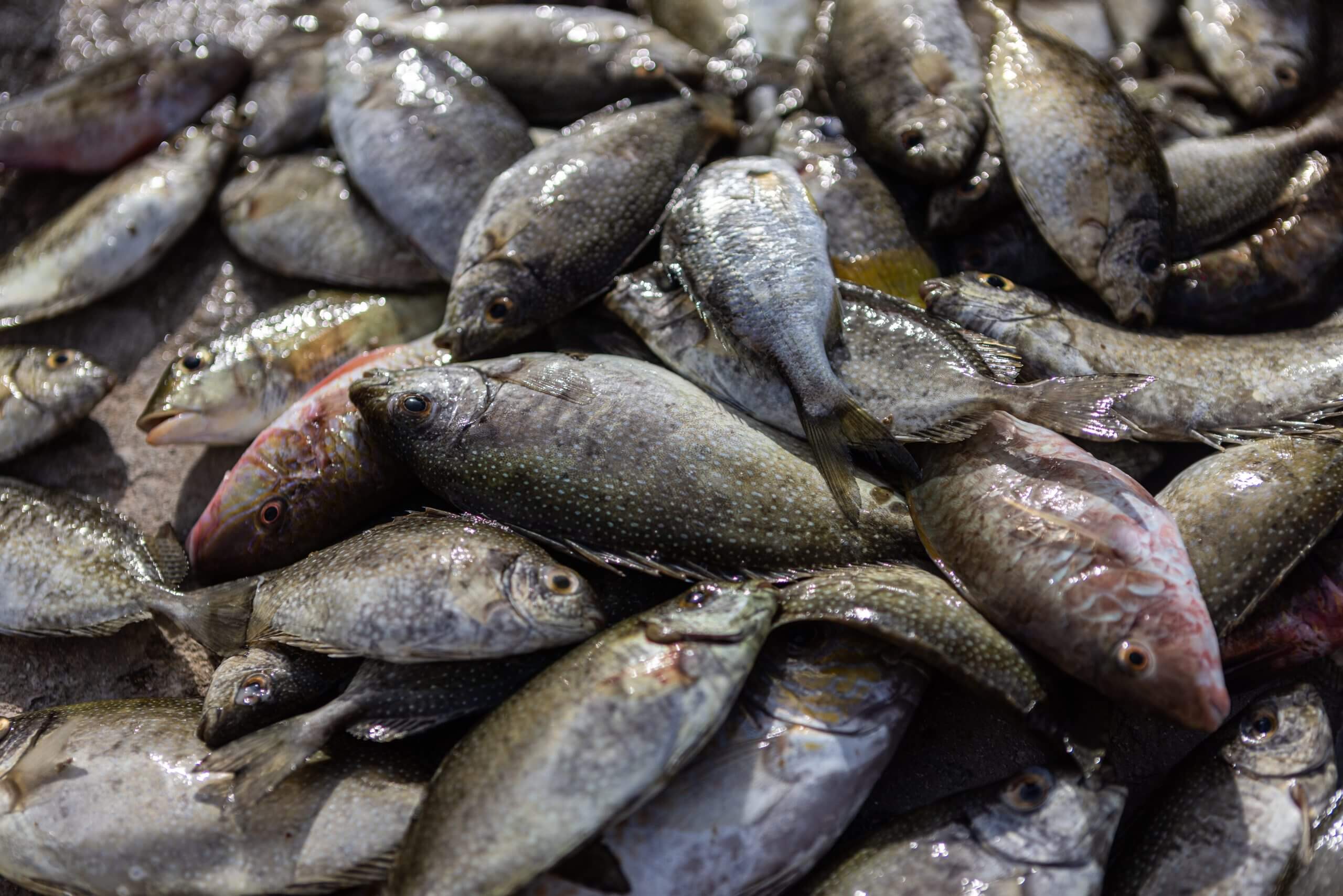
A typical day’s catch— the waters around the islands are heavily overfished due to the use of dynamite and other unsustainable fishing practices.

